Bloodhound
Bloodhound Dog Food
| Male | Female |
|---|---|
| Height | Height |
| 64 - 72 cm | 58 - 66 cm |
| Weight | Weight |
| 46 - 72 kg | 40 - 48 kg |
| Life Stage | |
|---|---|
| Adult | |
| 15 months to 5 years | |
| Mature | Senior |
| 5 to 8 years | From eight years |
| Baby | |
| Birth to 2 months | |
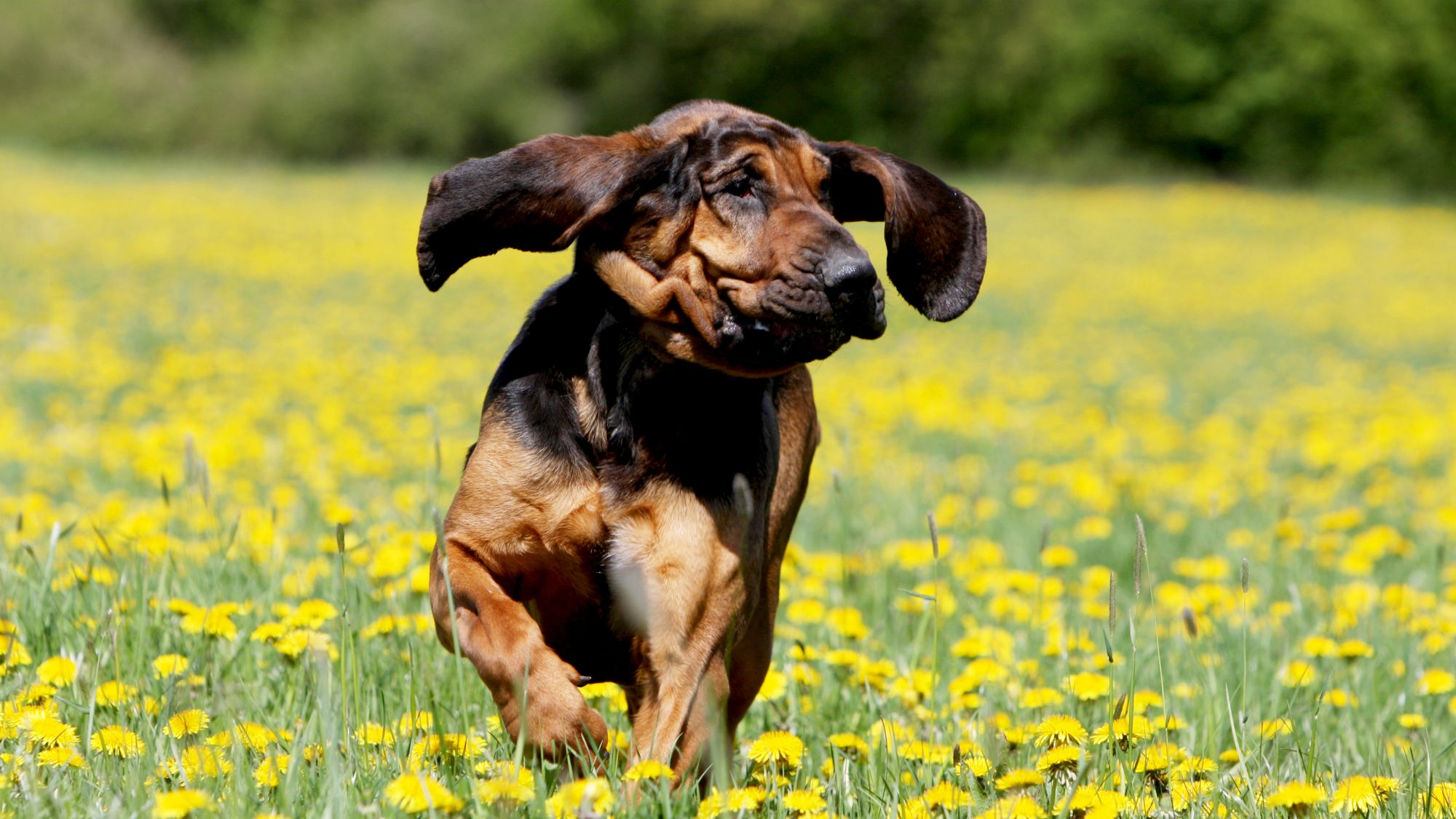
Get to know the Bloodhound
All you need to know about the breed
The phrase “Gentle Giant” could have been invented for the Bloodhound, a peerless scent tracker who will brave the elements and never give up in the search of a missing person but is just as content curled up in the warm with his human family.
Bloodhounds date back well over a thousand years and were originally prized for their ability to track animals’ scent. In more recent times, their smelling superpowers have seen them put to work as a police dog and tracker of criminals and missing persons.
With their ‘gloomy’ expression – big expressive eyes and impressively, extravagantly droopy ears – you would be forgiven for expecting an Eeyore-like personality. But although they are docile and patient, as pack animals, Bloodhounds are also friendly and sociable. Once trained, they get on well with other animals and children – just make sure they’re supervised: these big solid dogs could easily knock over little ones.
Bloodhounds also drool. A lot. Be warned—and invest in easy-to-clean home furnishings. Bloodhounds are really not suited to living in an apartment—they need a safe, enclosed outdoor space to sniff around and explore.
You don’t earn a reputation as a canine super-sniffer without a determined streak, and Bloodhounds are known to be single-minded and independent. They need consistent, firm but positive training from an early age. They still shouldn’t be let off the lead in unfamiliar places: Once they find a scent, almost nothing will throw them off it.
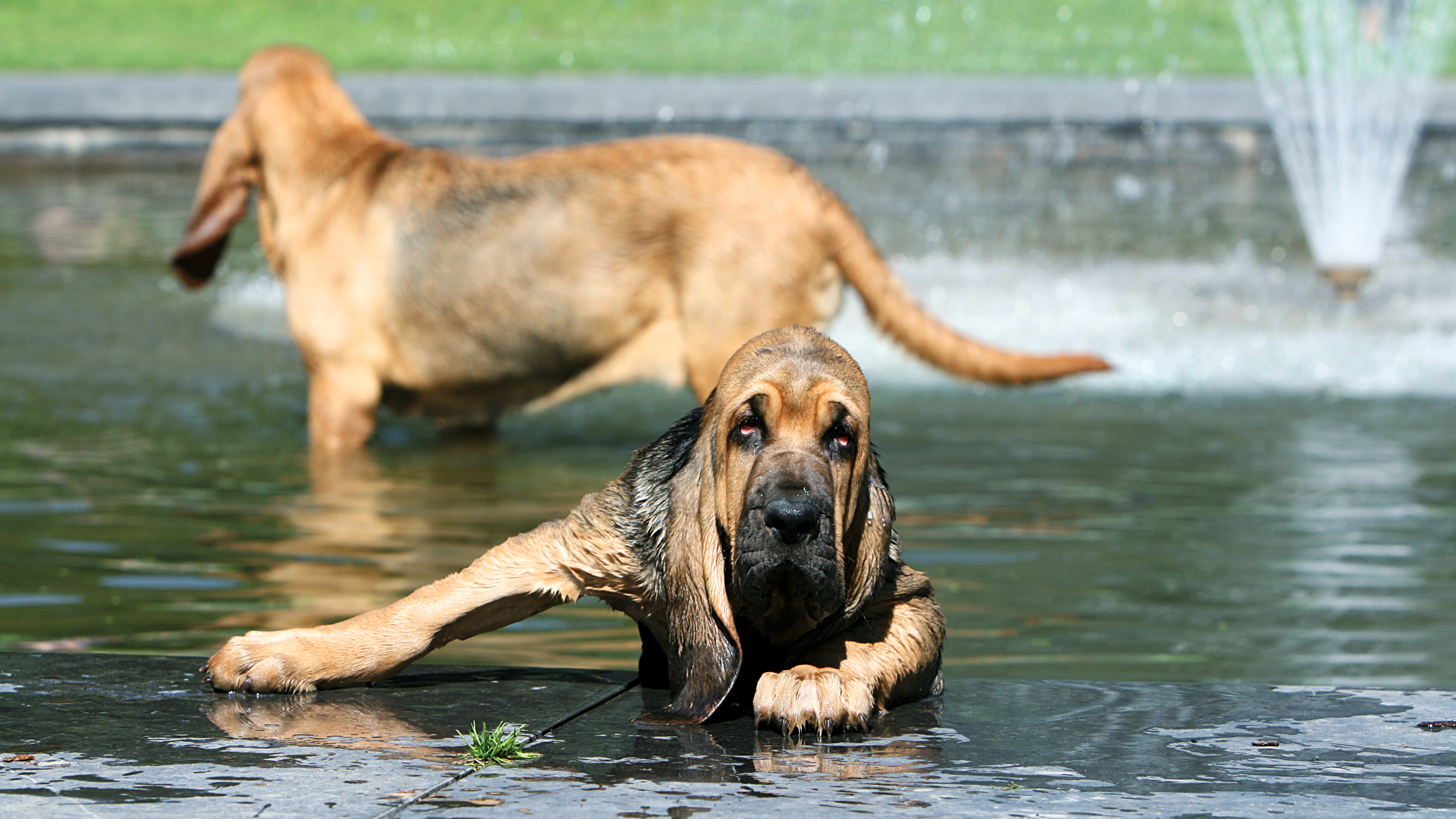
2 facts about Bloodhounds
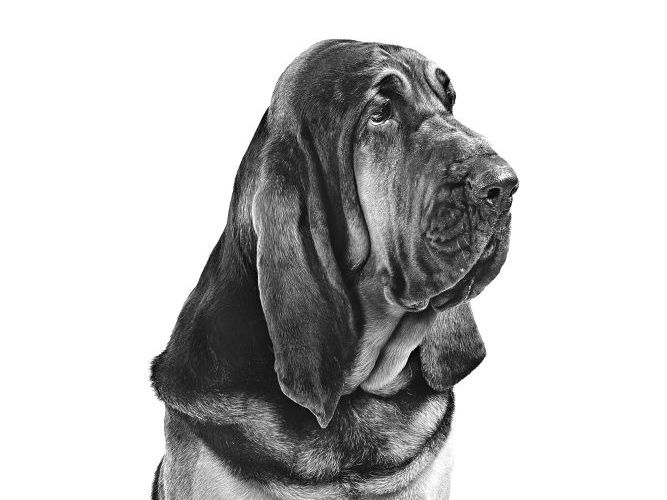
History of the breed
The Bloodhound is an ancient breed, said to date back at least a thousand years to the Ardennes region, in Belgium, where they were bred by the monks of the Abbey of Saint Hubert (who was later canonised as the patron saint of hunters) to track game using their legendary sense of smell.
The breed may in fact have even earlier origins—3rd century texts refer to a hound known in the Mediterranean region for its extraordinary scenting powers. The blood part of the Bloodhound’s name is thought to refer to their pure blood or breeding and they got their name after they were brought to the United Kingdom in the Norman invasion of 1066.
In the centuries since, Bloodhounds have become dutiful helpers to their humans as police dogs: That famous nose, combined with strength, stamina and determination can’t be topped and they are still used to search for missing persons in countries including the US and Canada.
From head to tail
Physical characteristics of Bloodhounds
.
.
.
.
.
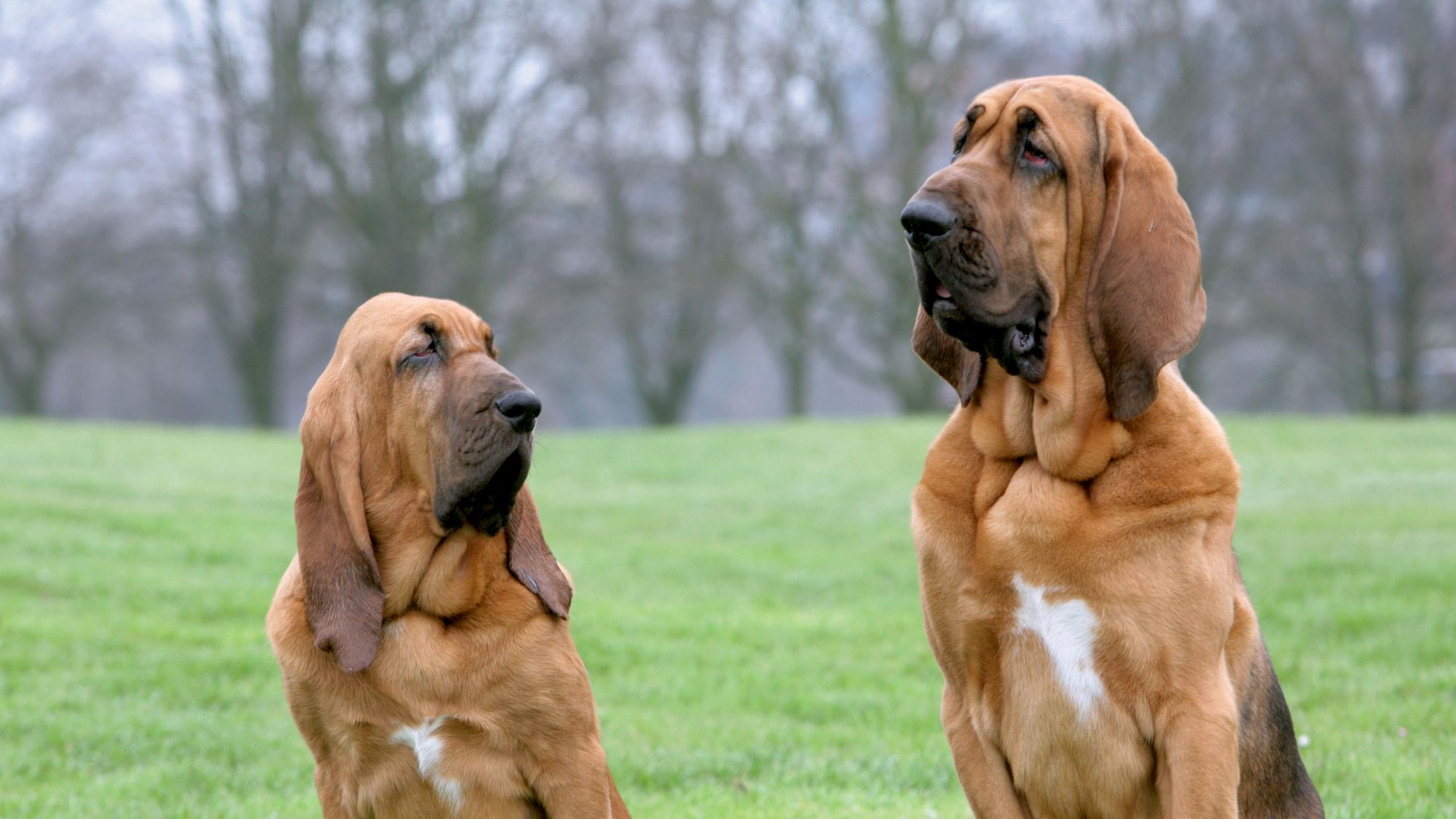
Things to look out for
From specific breed traits to a general health overview, here are some interesting facts about your Bloodhound
Healthy diet, healthier dog
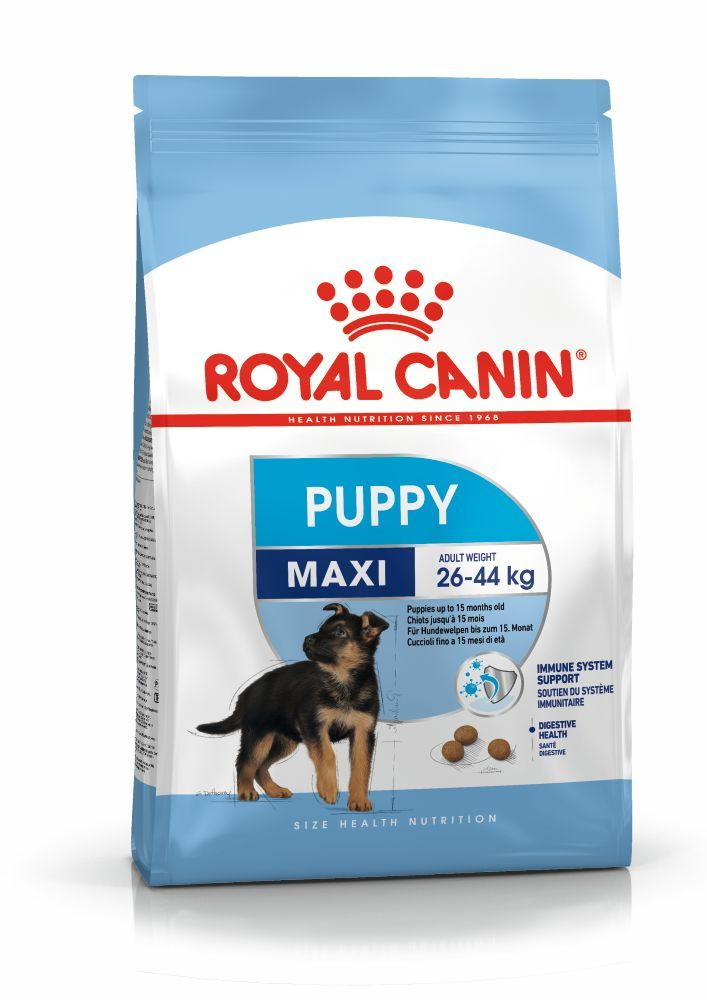
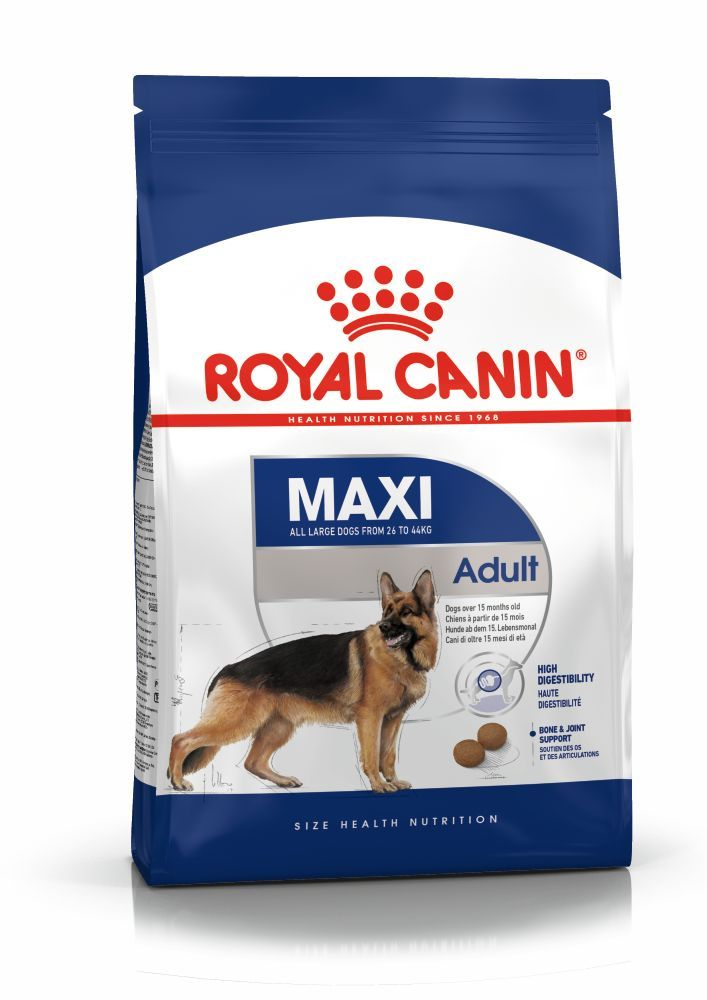
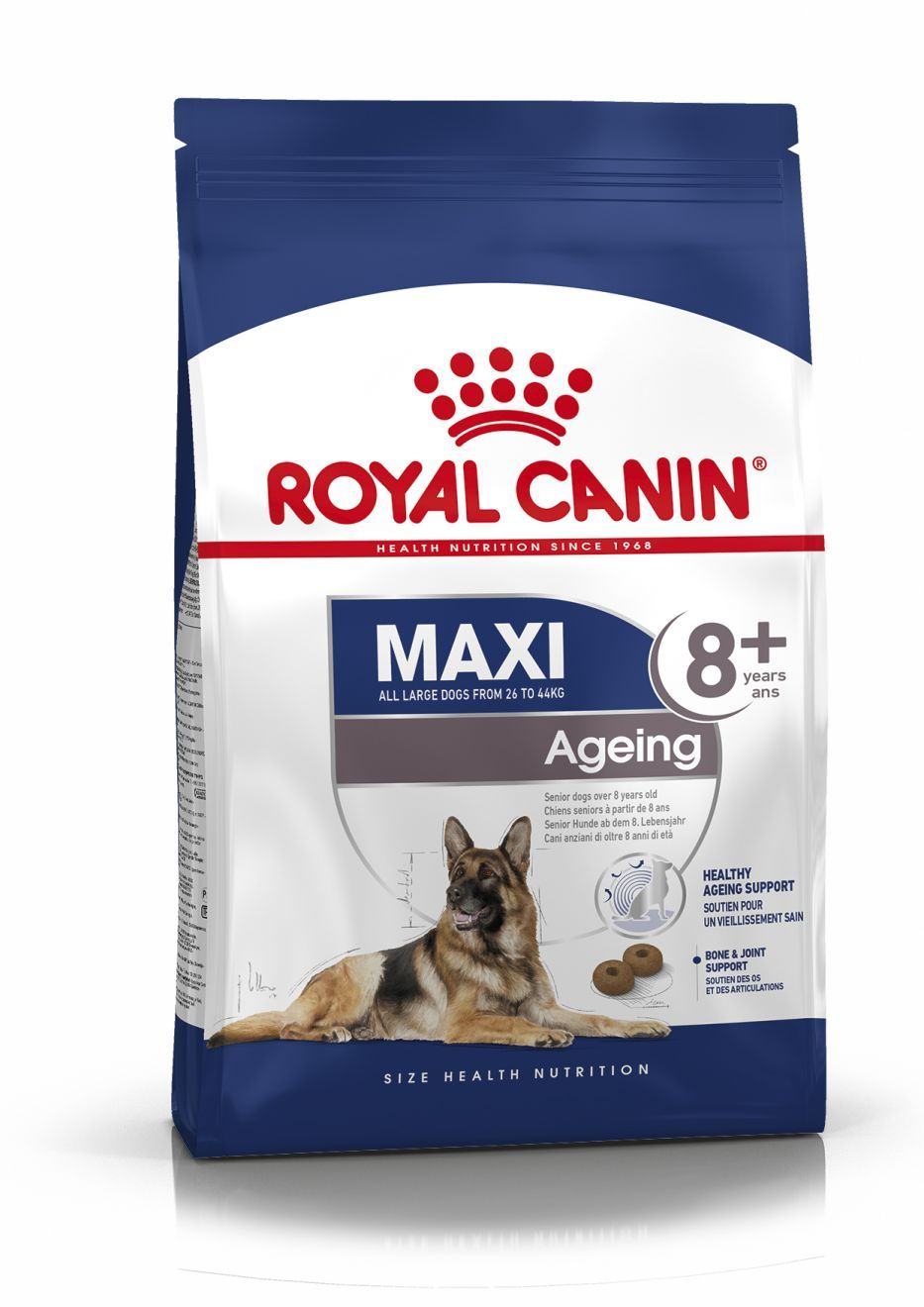
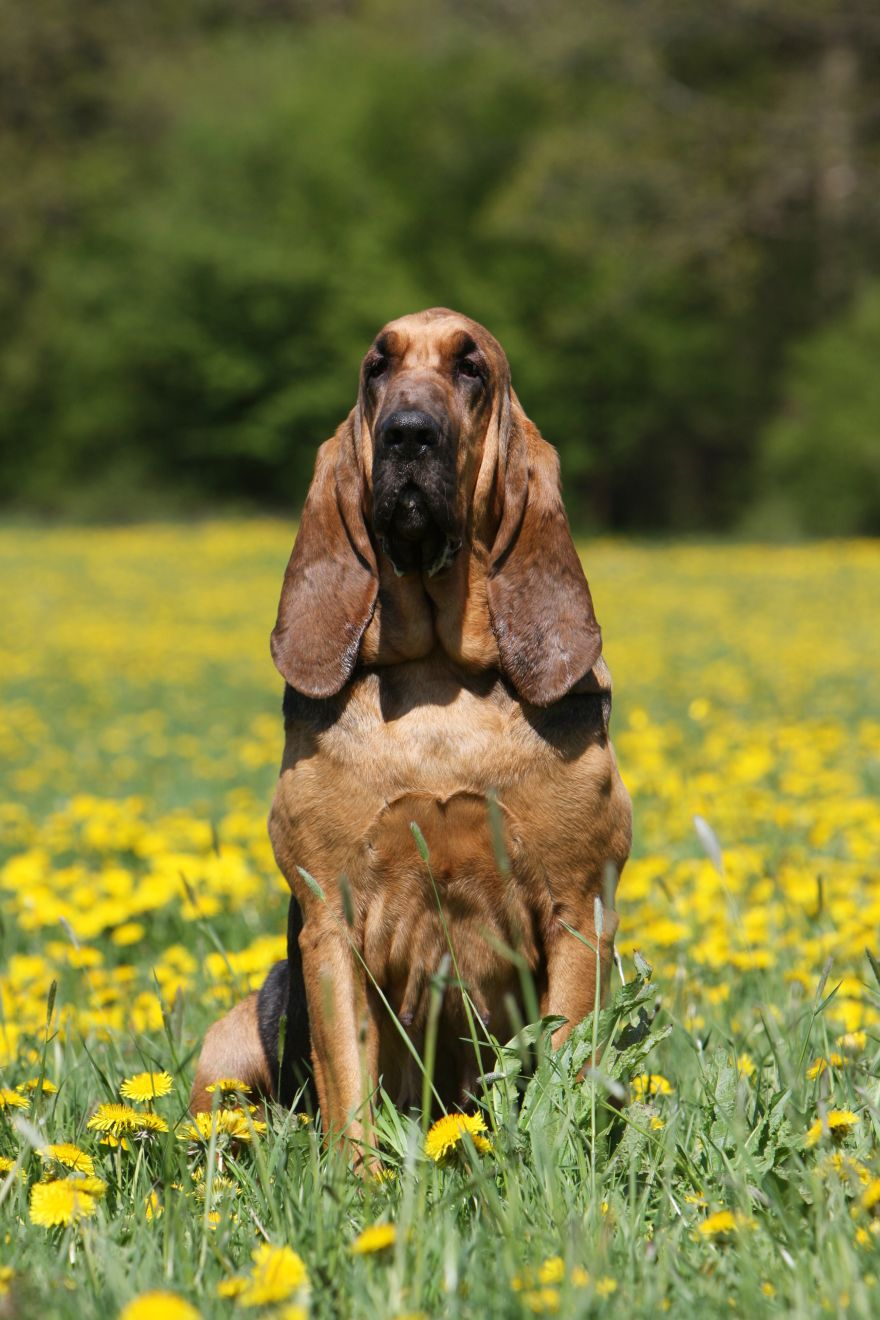
Caring for your Bloodhound
Grooming, training and exercise tips
7/7
All about Bloodhounds
Suggested Breeds
Read more on this topic
Sources
Like & share this page